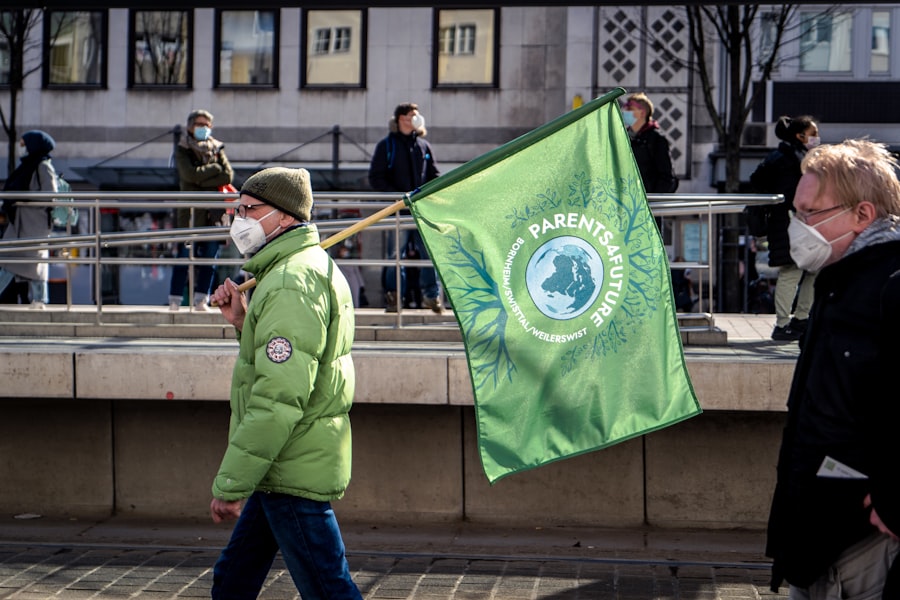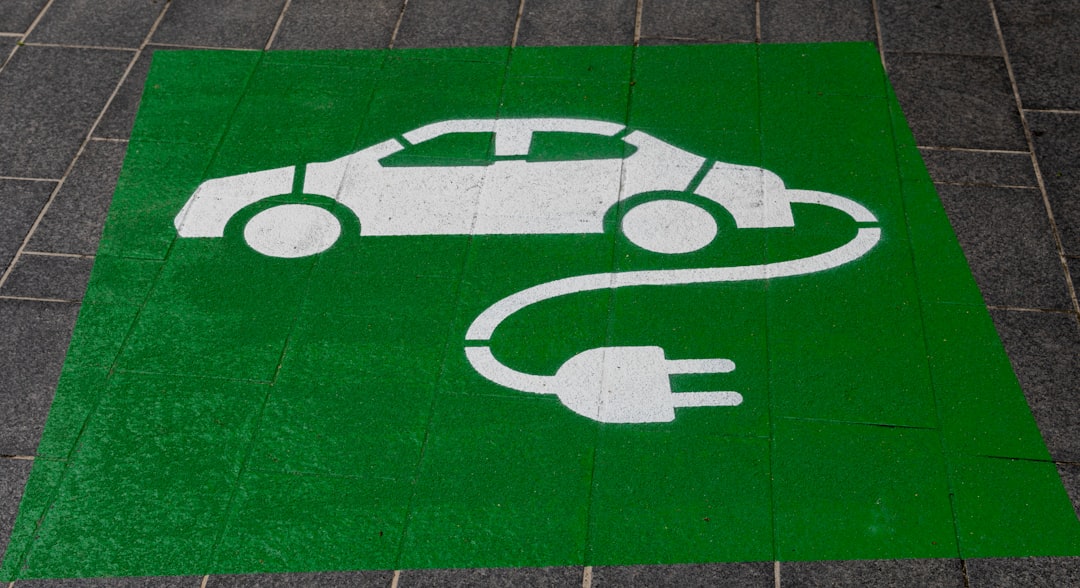Secondary schools play a key role in shaping young people's awareness of the importance of environmental protection. Through educational programs and various activities, students are introduced to environmental problems affecting our planet, such as pollution, climate change and loss of biodiversity. These institutions not only provide knowledge, but also encourage active participation of students in nature conservation.
Students are taught to recognize their impact on the environment and to develop responsibility towards natural resources. In this way, high schools become centers for environmental awareness, where young people prepare to become active citizens who will fight for a sustainable future. In addition to the educational aspect, high schools often organize various projects and initiatives aimed at improving environmental awareness among students.
These activities may include planting trees, cleaning up local parks or organizing environmental workshops. Students are also encouraged to explore ways in which they can reduce their environmental footprint, whether through recycling, reducing energy consumption or using public transport. In this way, secondary schools not only educate young people, but also motivate them to become active participants in the preservation of the environment.
Key Takeaways
- Secondary schools play a key role in raising awareness about environmental protection among young people
- American high schools offer a variety of environmental programs that include education and student activities
- High school students participate in various activities such as cleaning the environment, planting trees and recycling
- The cooperation of secondary schools with local organizations for environmental protection contributes to the preservation of nature in the local community
- Initiatives to reduce the ecological footprint in American high schools include using renewable energy sources and reducing waste
Environmental programs in American high schools
American high schools are increasingly directed towards the implementation of environmental protection programs that include various aspects of environmental education. These programs often include courses on sustainable development, ecology and natural resource management. Students have the opportunity to learn about contemporary challenges in the field of environmental protection and to research solutions that can contribute to the preservation of the planet.
Through hands-on projects and research papers, students acquire skills that will help them become environmental leaders. In addition to formal education, many American high schools offer extracurricular activities that focus on environmental topics. These activities may include environmental clubs, recycling competitions or organizing environmental camps.
Students are encouraged to develop creative projects that promote environmental awareness, such as making posters, video materials or organizing public presentations. These programs not only enrich the educational process, but also strengthen the community among students as they work together to preserve nature.
Student activities related to environmental protection

American high school students actively participate in various activities aimed at protecting the environment. One of the most popular activities is organizing clean-up actions of local communities, where students together with teachers and volunteers collect waste from parks, beaches or other public spaces. These actions not only contribute to the preservation of nature, but also strengthen the team spirit among students.
Through these activities, young people gain a sense of responsibility towards their environment and develop awareness of the importance of preserving natural resources. In addition to clean-up actions, students also engage in tree-planting projects and landscaping of school yards. These activities not only improve the appearance of the environment, but also contribute to reducing air pollution and creating habitats for various types of plants and animals.
Students often organize environmental workshops where they can learn about recycling, composting and a sustainable lifestyle. These activities help them develop practical skills they will use throughout their lives, while encouraging them to think about their impact on the planet.
Cooperation of secondary schools with local organizations for environmental protection
High schools in America often partner with local environmental organizations to improve their environmental programs and activities. This cooperation may include joint projects, workshops or educational programs that focus on specific environmental challenges in the local community. Through this collaboration, students have the opportunity to work with experts in the field of ecology and environmental protection, which allows them to gain a deeper understanding of the problems and solutions available.
In addition, collaboration with local organizations can help schools provide resources and support for their environmental initiatives. Organizations often offer financial assistance, educational materials, or experts who can lead workshops and lectures. These partnerships not only enrich the educational process, but also strengthen the ties between schools and the community.
Students also have the opportunity to get involved in volunteer activities carried out by organizations, thereby additionally contributing to the preservation of the environment.
Initiatives to reduce the environmental footprint in US high schools
Many American high schools recognize the need to reduce their environmental footprint and are implementing various initiatives to achieve this. One of the most important initiatives is the reduction of energy consumption through the use of energy-efficient devices and renewable energy sources such as solar panels. Schools also encourage students to use public transport or bicycles instead of cars to reduce emissions.
These measures not only reduce the costs of schools, but also contribute to the preservation of the environment. In addition, many schools implement recycling programs that allow students to properly dispose of waste and reduce the amount of trash that ends up in landfills. Students are often involved in creating strategies to improve recycling within the school, such as placing labels on waste bins or organizing recycling competitions between classes.
These initiatives not only encourage students to behave responsibly towards waste, but also motivate them to think about sustainable practices that they can implement in their homes.
Environmental education in American high schools

Environmental education in American high schools
Environmental education is an integral part of the curriculum of many American high schools. Students are introduced to the basic concepts of ecology, sustainable development and climate change through various subjects such as biology, chemistry and geography. This education helps them understand the complexity of environmental problems and the importance of preserving natural resources.
Hands-on learning and skill development
Through theoretical knowledge and practical examples, students acquire skills that will help them become informed citizens capable of making decisions that affect the environment. In addition to formal education, many schools organize field trips and visits to environmental projects so that students can see examples of good practice in environmental protection. These activities allow them to connect theoretical knowledge with the real world and develop a deeper understanding of the environmental challenges we face.
Teaching enrichment and leadership development
Schools often invite guest lecturers from the field of ecology to enrich lessons and give students the opportunity to ask questions of experts. This type of education plays a key role in shaping future leaders who will fight for the preservation of our planet.
The impact of secondary schools on sustainability and environmental protection in the local community
Secondary schools have a significant impact on sustainability and environmental protection in their local communities. Through various projects and initiatives, they not only educate their students but also inspire the wider community to take action. Students often become ambassadors of environmental values within their families and friends, spreading awareness of the importance of nature conservation.
In this way, the impact of schools extends beyond their walls, contributing to the creation of a culture of sustainability within the community. In addition, many schools collaborate with local authorities and organizations to develop strategies to improve the environment at the local level. These collaborations can include joint projects such as planting trees or organizing ecological festivals that bring community members together around a common goal - nature conservation.
Through initiatives like these, high schools become catalysts for change that contribute to creating a healthier and more sustainable environment for all community members.
If you are interested in how high schools in America approach environmental protection, you may also be interested in this article about exchange programs that promote environmental awareness among young people. For example, on the site J1 Alumni you can find information about various programs that allow young people from Serbia to gain experience in America, learning about the importance of preserving the environment through practical experience and education. These programs not only help students develop personal and professional skills, but also help them become global conservation ambassadors.
FAQs
1. What types of high schools in America offer environmental programs?
There are different types of high schools in America that offer environmental programs, including public, private, specialized, and alternative schools.
2. What subjects are included in environmental protection programs in secondary schools in America?
High school environmental programs in America include subjects such as biology, ecology, chemistry, geography, sustainable development, environmental engineering, and other related sciences.
3. How do high schools in America encourage students to engage in environmental protection?
High schools in America encourage students to engage in environmental protection through various activities, such as volunteering in local environmental organizations, participating in environmental projects, organizing events dedicated to environmental protection, and the like.
4. How is the progress of students in environmental protection programs in high schools in America evaluated?
Student progress in high school environmental programs in America is assessed through a combination of tests, projects, research papers, presentations, and hands-on environmental skills.
5. What opportunities for further education in the field of environmental protection do high school students in America have?
High school students in America who are interested in further education in the field of environmental protection have the opportunity to enroll in college programs in biology, ecology, sustainable development, environmental engineering and similar fields. Also, they can apply for various scholarships and internships in organizations dedicated to environmental protection.

